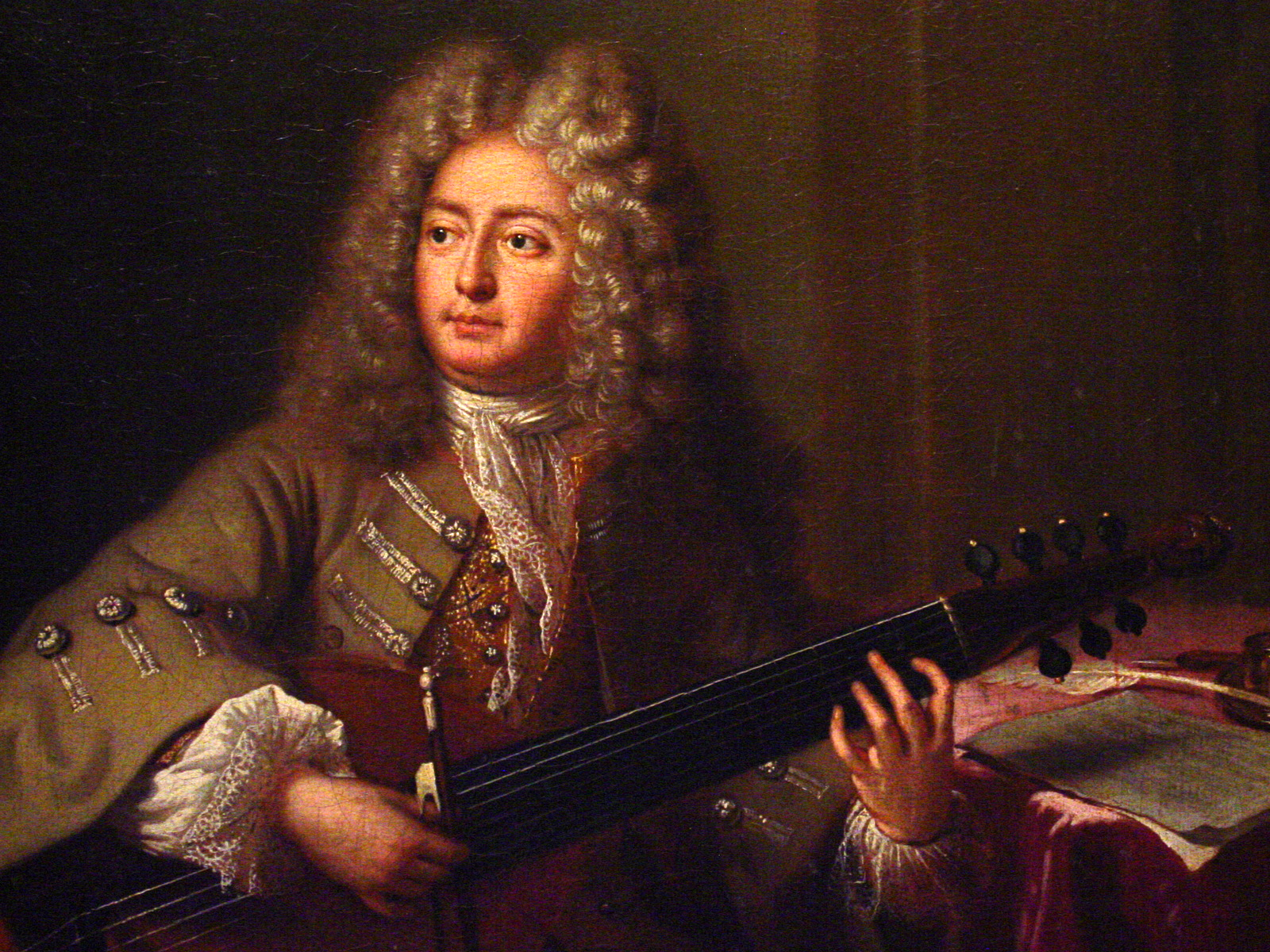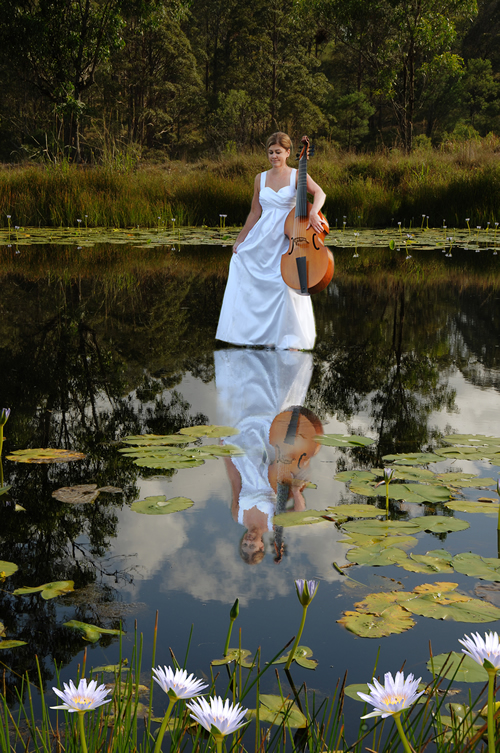From the comfort of hindsight, we are easily given to idealized notions of life prior to the 21st century whirl of cars, planes computers and mobile phones that we know so well. The hard reality of life in past epochs is, however, far from any romantic ideal. A case in point is 17th century France, the era that gave birth to the great viola da gamba virtuoso, Marin Marais. Even in 1800 the average life expectancy of a French citizen was a miserly 30 years. A typical Western European of the time weighed in at a petite 110 to 130 pounds and stood only 5 feet 5 inches tall. As the child of a shoemaker it is unlikely that Marais knew grinding poverty but neither could his parents have imagined that their choirboy son’s reputation would still be growing in 2018, the best part of three centuries after his death. Yet grow it has: Marais’ life has been the subject of a renowned novel by Pascal Quignard which was subsequently made into an award-winning film the soundtrack of which actually made the popular music charts in France. Recordings of Marais’ five books of solo music for the viola da gamba proliferate and the scholarly attention allocated to this once obscure figure increases year by year. It is not an exaggeration to claim that Marais has been “re-birthed” several times over.
Yet tantalizingly little is known of this gifted man who pulled himself up by his musical bootstraps to cement a position of significant influence at the opulent and refined Court of Louis XIV. As noted by several biographers, the most detailed account we have of Marais’ life and music comes from Titon du Tillet’s book “Le Parnasse françois” (Paris 1732) in which the leading artistic figures of the 17th and 18th were allocated places of relative merit around the glorious throne of Louis XIV. The purpose of the book is simple: to portray the semi-divine Louis as the source of France’s artistic flowering. Even given du Tillet’s hyperbole the King’s support for music was of an epic scale unimaginable today. At the end of his life there were between 150 and 200 court musicians in his direct employ. (As an aside, these musicians, known as “Officiers de la Maison du Roi”, had to possess three characteristics: to be of good character, a practicing Catholic and have access to sufficient funds to buy their post!) From du Tillet we learn that Marais was born in Paris on May 31, 1656, and passed away in that same city in 1728. He studied the bass viol with another reclusive figure, Sainte-Colombe. In his early twenties Marais was appointed to the Court orchestra under the leadership of the dominant musical figure of the time, the Italian cum naturalized Frenchman, Lully. Lully is widely credited as the founder of French Opera and Marais followed his example in composing several well-received operas for the Court. Like his contemporary JS Bach who had 20 odd offspring, Marais lived an active family life fathering no less than 19 children several of whom –in parallel to Bach’s sons – became prominent musicians.
Du Tillet was not the only contemporary writer to sing Marais’ praises. Johann Walther, who published a musical lexicon in 1732 just after Marais death, calls him “an incomparable Parisian violist whose works are known all over Europe”. But how are we to evaluate Marais’ artistic legacy in 2006, 350 years after his birth? In achieving some level of understanding we must be prepared to allow the music to stand or fall on its own merits. Equally, we must position Marais’ output in the context of his time. As to the latter, the fact that the viol family went into seeming terminal decline within 50 years of Marais’ death meant that for hundreds of years the necessary cohort of players did not exist to keep the instrument, let alone its repertoire, alive. On reflection, Marais’ compositions for the viol are as much a summation of the baroque artistic possibilities of the viol da gamba as JS Bach’s works for harpsichord are for that instrument. The exception being that Marais’ output for the seven string viol is technically and temperamentally un-suited to the cello whereas even today pianists gleefully claim Bach’s keyboard works as the backbone of their repertoire. As to the quality of Marais’ compositions, it is fair to say he is not a genius in comparison to Handel, Bach or Mozart, but neither is he an irrelevant feather duster. The bold, innovative construction of the suites of viol should be noted as must Marais’ disarmingly clever character pieces depicting everything from clocks, windmills, guitars and labyrinths to the bizarre musical rendering of a gall stone operation. It is perhaps as a miniaturist that Marais will be best remembered and in this genre it is reasonable to place his output in broadly the same cohort as that of lutenist-song writer John Dowland, Schubert lieder, and Mendelsohn’s pianistic songs without words. At their best pop music icons Lennon and McCartney are also worthy members of the loose-knit clan of composers who voluntarily limit their artistic expression to episodes of three to five minutes.
Against significant odds Marais gifted Western music a unique musical and pedagogic legacy which resonates to this day. Even in Australia, which was settled by Europeans well after Marais bowed his last note, his work is performed on an increasingly regular basis. Our hope is that in 2018 many more Australians will take the opportunity to engage with the music of the 350 year old un-crowned King of the Viol.
By Jennifer Eriksson and Philip Pogson
First Published Sydney, March 2006


